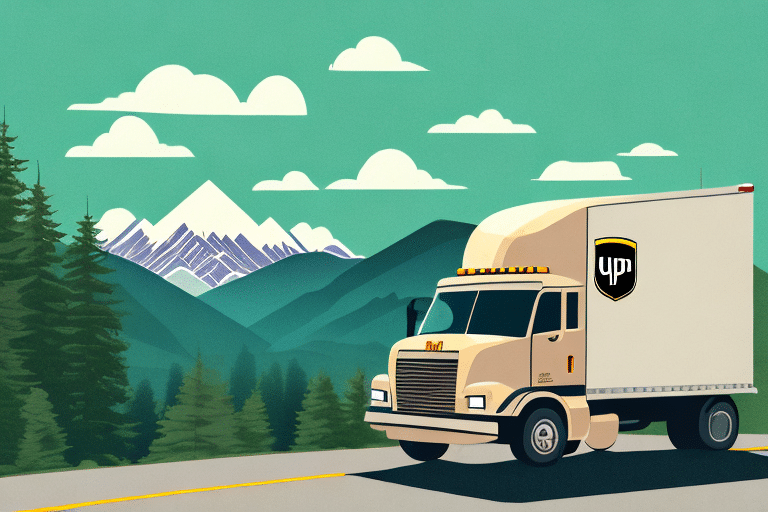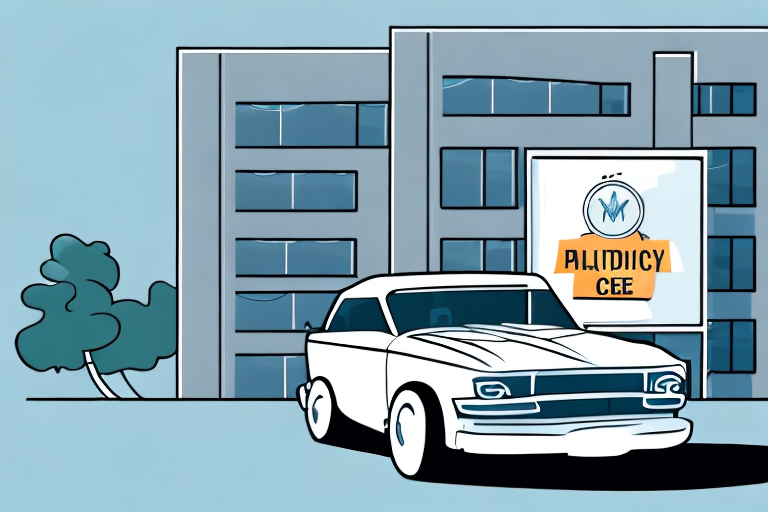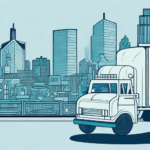Why Is Your UPS Delivery Slowing Down?
UPS is one of the largest and most reliable logistics companies in the world. However, despite their best efforts, customers may experience delays or slower delivery times than usual. If you're wondering why your UPS delivery is slowing down, this article provides an in-depth analysis of the factors affecting UPS delivery speed, including weather conditions, traffic congestion, and operational challenges.
Factors Affecting UPS Delivery Speed
UPS delivery speed can be influenced by various factors impacting daily operations. These include:
- Weather conditions
- Traffic congestion
- Vehicle shortages
- Volume of packages
- Human error in shipping information
Additionally, accurate shipping information is crucial. Incorrect or incomplete addresses can cause delays as drivers locate the correct destination, emphasizing the importance of double-checking shipping details.
Weather Conditions and Their Impact on UPS Deliveries
Severe weather such as storms, heavy rains, blizzards, or other weather events can significantly delay package deliveries. According to the National Weather Service, severe weather disrupts transportation networks, forcing UPS to implement contingency plans. Extreme temperatures can also damage packages; hence, UPS uses waterproof packaging and temperature-controlled trucks for sensitive items.
Extreme weather conditions can also cause damage to packages during transit. For example, heavy rain can soak through cardboard boxes, causing the contents to become wet and potentially damaged. Similarly, extreme heat or cold can affect the quality of certain products, such as food or electronics. UPS takes precautions to protect packages from weather-related damage, such as using waterproof packaging and temperature-controlled trucks.
Traffic Congestion
Traffic congestion, especially in urban areas, can cause substantial delays for UPS delivery drivers. Even with sophisticated routing systems, unpredictable traffic can lead to packages arriving later than expected. Additionally, road closures due to construction or accidents further complicate timely deliveries.
In addition to traffic congestion, weather conditions can also impact UPS delivery times. Severe weather such as heavy rain, snow, or ice can make it difficult for drivers to safely navigate roads and make deliveries on time. In these situations, UPS may have to temporarily suspend delivery services in affected areas until conditions improve. Customers can track their packages online to stay informed about any delays caused by weather or other factors.
UPS Delivery Service Options
UPS offers a range of delivery options tailored to different needs:
- UPS Ground: Affordable option with delivery typically within 1-5 business days.
- UPS 2nd Day Air: Ensures delivery within two business days.
- UPS Next Day Air: Guarantees next-business-day delivery.
- UPS Express: Ideal for urgent deliveries with flight-based transport.
Selecting the appropriate delivery option based on your timeline and budget is crucial to meet your delivery expectations. It's also important to note that delivery times may vary during peak seasons like the holiday season, as volume increases can cause delivery delays.
Another important factor to consider when choosing a UPS delivery service option is the cost. While standard shipping may be the most affordable option, it may not be the best choice if you need your package to arrive quickly. On the other hand, Next Day Air may be the fastest option, but it can also be the most expensive. It's important to weigh the cost versus the delivery timeline to determine the best option for your needs.
Tracking Your UPS Package
UPS provides robust tracking tools to monitor your package's progress:
- Use the UPS Tracking tool with a tracking number, reference number, or ZIP code.
- Sign up for email or text alerts for real-time updates.
- Utilize the UPS My Choice program to customize delivery preferences, such as specific delivery times or alternative locations.
Third-party tracking services can also offer additional insights into your package's journey and potential delays.
Impact of COVID-19 on UPS Deliveries
The COVID-19 pandemic has had a lasting impact on the logistics industry, including UPS. The surge in e-commerce during the pandemic has led to increased package volumes, stretching UPS's delivery network. While UPS has expanded capacity and hired additional staff, fluctuations in demand still result in occasional delays. Safety protocols and additional screening measures have also contributed to extended delivery times in certain cases.
The pandemic created additional strain on the transportation and logistics industry, causing some packages to be delayed or even temporarily lost. Some packages may also require additional screening due to new regulations related to the pandemic, which can cause additional delays.
Preventing Late or Delayed UPS Deliveries
Customers can take several steps to minimize the risk of delayed UPS deliveries:
- Verify Shipping Information: Ensure the delivery address is accurate and complete.
- Select the Right Shipping Option: Choose a delivery service that aligns with your timeline.
- Consider Packaging: Use proper packaging and labeling to avoid damage and misdelivery.
- Use Alternative Delivery Locations: Opt for drop-off points or in-person pick-up to prevent missed deliveries.
Additionally, ensure the package is properly sealed and labeled with the correct shipping information. Fragile items should be packed with extra care and labeled accordingly to avoid any damage during transit.
Regularly tracking your package and setting up delivery alerts can help you stay informed about your package's status.
Filing Claims for Late or Missing Packages
If your UPS package is late or missing, you can file a claim through UPS:
- Go to the UPS Claims Center.
- Provide the tracking number and relevant shipping details.
- Submit any required documentation, such as proof of value or damage.
Ensure to file claims within UPS's specified time frames: nine months for domestic shipments and 60 days for international shipments. Failure to file a claim within these periods may result in the claim being denied.
Additionally, UPS may require additional documentation to support the claim, such as proof of value or proof of damage. Be prepared to provide any necessary documentation to ensure a smooth claims process.
Future Innovations and Improvements in UPS Delivery
UPS continues to innovate to enhance delivery efficiency and sustainability. The company is investing in technologies like drones and autonomous vehicles to optimize delivery routes and reduce transit times. Additionally, UPS is committed to sustainability, expanding its fleet of electric vehicles and utilizing renewable energy sources to lessen its carbon footprint.
Moreover, UPS is exploring blockchain technology to improve supply chain transparency and security. By using a decentralized ledger system, UPS can track packages and shipments more efficiently, reduce errors, and increase transparency. This technology can also help prevent fraud and improve security, which is crucial in the logistics industry.
These advancements position UPS to maintain its role as a leader in the logistics industry, offering faster and more reliable delivery services in the future.






















